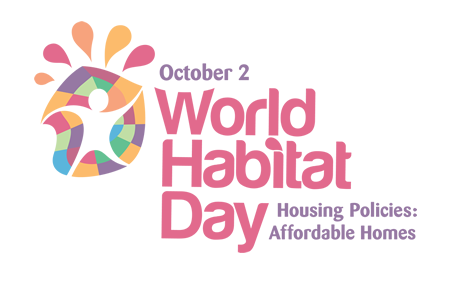PR 02/18 | Proposed new DNO Class for Fireworks Factories
The Planning Authority has issued for public consultation a draft Legal Notice which will effectively render any illegal fireworks factories built prior to 1994 legal, without any due process, application or consultation.
The Planning Authority is proposing that such illegal development is considered as “permitted development” under the Development Notification Order (DNO) Classes, even if such constructions are in conflict with regulations and legislation.
Under the misleadling Class title of “Existing development related to Malta’s culture and tradition”, the Authority is effectively singling out one type of development, and an illegal one at that, and giving it a carte blanche approval through a legislative measure.
It is important to ask why it is necessary for these fireworks factories to be rendered legal through this Legal Notice, rather than through the appropriate planning application processes already in place; unless, of course, this is because they would not normally be permitted if the current processes are followed. If this Legal Notice is approved, these illegal developments will be rendered legal without any public consultation, and without any consultation with the relevant Authorities.
The Kamra tal-Periti strongly objects to the proposed Legal Notice, and urges Government and the Planning Authority to review its stance in favour of a more equitable and just solution.
The complete consultation feedback submitted by the Kamra tal-Periti to the Planning Authority can be downloaded in below.
Perit Simone Vella Lenicker
Vice President
PR 12/17 | Kamra tal-Periti celebrates World Architecture Day, World Habitat Day and European Engineers Day
World Architecture Day is celebrated on the first Monday of October each year. The theme chosen by the International Union of Architects for this year is “Climate Change Action!” The threat of climate change is real. Rapid urbanisation and building developments are increasing our fuel energy consumption and greenhouse gas emissions. Architects have an important role to play in combating the impact of climate change on the environment and humanity, and are called to mobilise efforts to respond to the initiatives of the 2015 Paris Climate Change Agreement.
The United Nations has designated the first Monday of October as World Habitat Day, and this year’s theme is “Housing Policies: Affordable Homes”. A worldwide analysis of accommodation affordability over the last 20 years reveals that despite increasing demand, residential properties for sale and for rent have been largely unaffordable for the majority of the world population. Ensuring affordability of residential accommodation is a complex issue of strategic importance for development, social peace and equality. Promoting sound housing policies is also crucial for climate change, resilience, mobility and energy consumption.
European Engineers Day will be commemorated on the 5th October, and will focus on the theme “Concerns about Engineering Excellence”. The impact of engineers is visible in every aspect of human life, and engineers have the ability to enhance and change society. Many of the challenges faced by society today depend on the availability of excellent engineering solutions, and thus engineers are called to acknowledge this role and to deliver their services and innovative solutions with excellence.
All three commemorations have two common threads: the need for architects and engineers to recognise their particular role in society and the influence they have on combating some of the world’s most difficult problems, and the need for quality housing, affordable housing and engineered solutions that improve people’s quality of life and combat climate change.
In order to commemorate these three important dates, the Council of the Kamra tal-Periti, in collaboration with the Society of Architecture and Civil Engineering Students (SACES) will be launching Awards for the graduates of the Faculty for the Built Environment. This is the first time that these Awards are being held, and judging of final year projects and dissertations will take place this week. The students’ work will be exhibited to the public during Notte Bianca on the 7th October through to the 15th October, at the University of Malta Valletta Campus. The winners will be announced during an Awards ceremony to be held in January 2018.
The Kamra tal-Periti is establishing this Awards scheme to celebrate good quality, sustainable, and ethical design in architecture and civil engineering, particularly at a time when the rush to build is not accompanied by sufficient thought and care about what we are leaving behind for future generations.
Affiliations
The Kamra tal-Periti is affiliated with the Architects' Council of Europe (ACE), European Council of Civil Engineers (ECCE), Union International des Architects (UIA), Union of Mediterranean Architects (UMAR), Commonwealth Architects Association (CAA), and the Malta Federation of Professional Associations (MFPA).
Contact Us
Kamra tal-Periti
The Professional Centre
127, Sliema Road
Gzira GZR 1633
Malta
+356 2131 4265
info@kamratalperiti.org
Office Opening Hours
Mon-Fri: 8:00am - 11:00am




You must be logged in to post a comment.